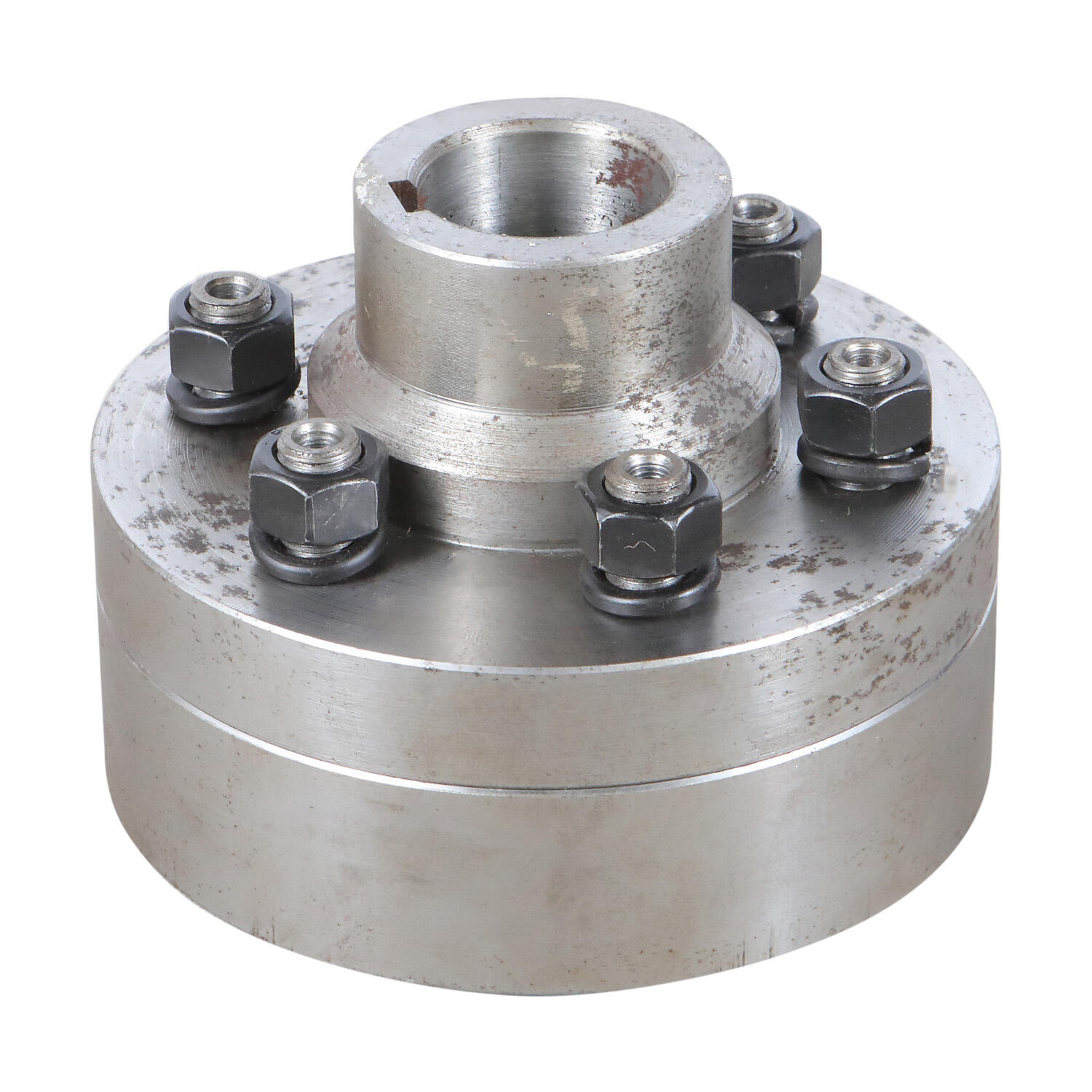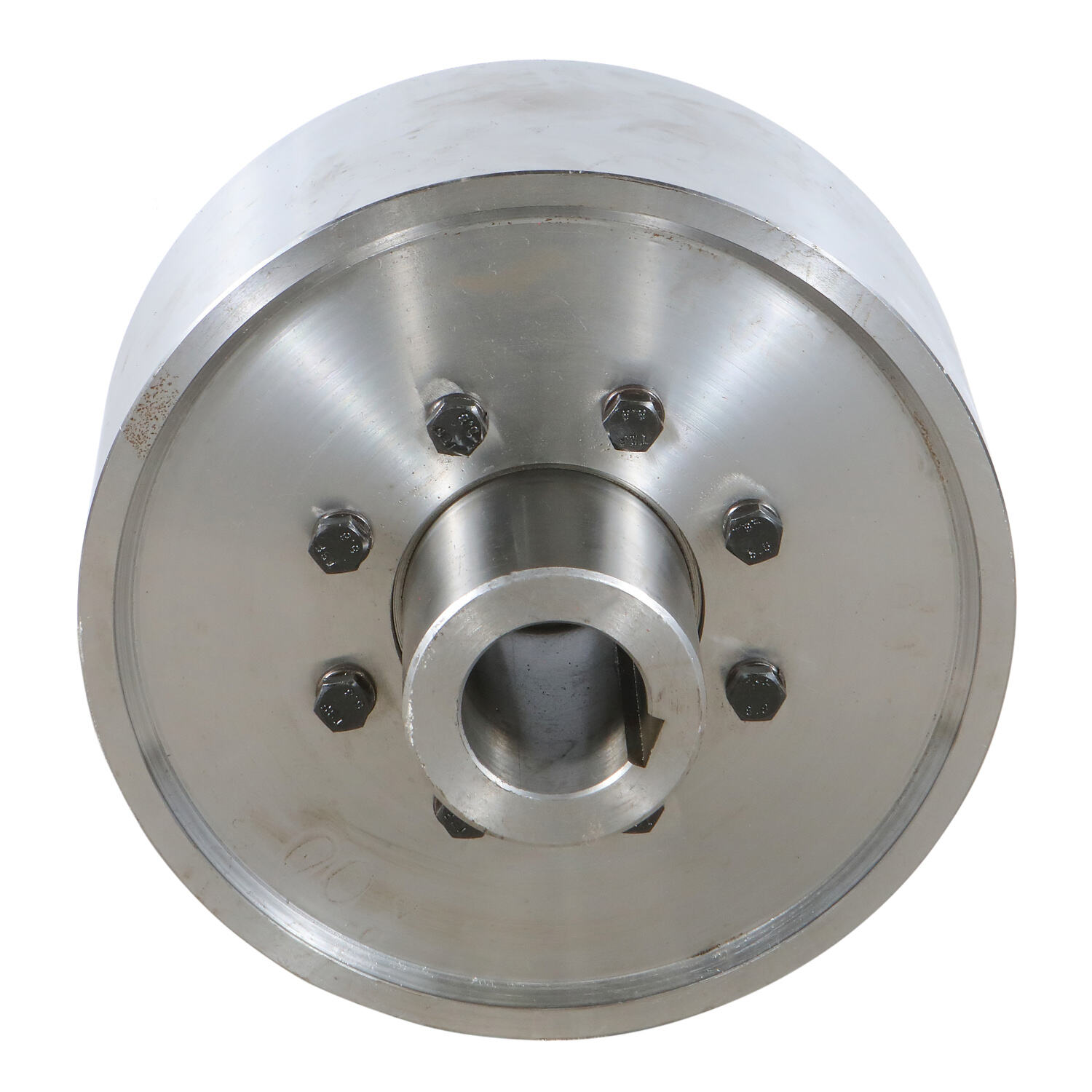Understanding the Advanced Engineering Behind Serpentine Spring Couplings
In the world of industrial machinery and power transmission, the quest for enhanced reliability and performance has led to significant innovations in coupling technology. The serpentine spring coupling represents a breakthrough in mechanical engineering, offering unique advantages that set it apart from traditional coupling designs. This revolutionary component has transformed how engineers approach machine reliability, providing solutions to long-standing challenges in power transmission systems.
When we examine the intricate design of a serpentine spring coupling, we find a masterpiece of engineering that combines flexibility with strength. Its distinctive coiled spring construction allows for optimal torque transmission while accommodating misalignment and absorbing shock loads. This sophisticated approach to power transfer has proven invaluable across various industrial applications, from heavy manufacturing to precision equipment.
Core Design Elements of Serpentine Spring Couplings
Innovative Spring Architecture
The serpentine spring coupling features a unique coiled spring design that sets it apart from conventional coupling mechanisms. This specialized architecture incorporates multiple spring coils that work in harmony to transmit torque efficiently. The spring element is engineered with precise geometrical parameters, ensuring optimal performance under various operating conditions.
The spring's serpentine pattern creates a balanced distribution of forces throughout the coupling assembly. This innovative design allows for superior torsional flexibility while maintaining high torque capacity. The careful consideration of material properties and coil geometry results in a coupling that can handle both steady-state operation and dynamic loading conditions.
Material Selection and Engineering
Manufacturing serpentine spring couplings requires careful selection of high-grade materials that can withstand demanding operational conditions. Engineers typically choose premium-grade spring steel, specially treated to achieve the perfect balance of strength and flexibility. The material composition directly influences the coupling's performance characteristics, including its load-bearing capacity and fatigue resistance.
Advanced heat treatment processes enhance the material properties, ensuring long-term reliability and consistent performance. The combination of superior materials and precise manufacturing techniques results in couplings that maintain their mechanical properties even under extreme operating conditions.

Performance Benefits in Industrial Applications
Enhanced Shock Absorption
One of the primary advantages of serpentine spring couplings is their exceptional shock-absorbing capabilities. The spring design naturally dampens vibrations and absorbs sudden load changes, protecting connected equipment from harmful shock loads. This characteristic is particularly valuable in applications where start-up torques or operational surges could otherwise damage sensitive machinery components.
The coupling's ability to absorb and dissipate energy helps extend the life of connected equipment by reducing wear on bearings, shafts, and other critical components. This protective function translates into reduced maintenance requirements and improved overall system reliability.
Misalignment Compensation
Serpentine spring couplings excel at handling various types of misalignment between connected shafts. The flexible spring design accommodates angular, parallel, and axial misalignment within specified limits without generating excessive reaction forces. This capability is crucial for maintaining smooth operation in applications where perfect alignment is difficult to achieve or maintain.
The coupling's ability to compensate for misalignment reduces stress on connected equipment, minimizing wear on bearings and seals. This feature is particularly beneficial in applications where thermal expansion, foundation settlement, or dynamic loading can cause alignment changes during operation.
Maintenance and Longevity Considerations
Preventive Maintenance Strategies
Implementing effective maintenance protocols for serpentine spring couplings ensures optimal performance and extended service life. Regular inspection of the spring element, mounting hardware, and alignment parameters helps identify potential issues before they develop into serious problems. Maintenance technicians should pay particular attention to signs of wear, fatigue, or changes in operating characteristics.
Proper lubrication practices, where applicable, play a crucial role in maintaining coupling performance. While some serpentine spring couplings are designed to operate without lubrication, others may require periodic maintenance to ensure smooth operation and prevent premature wear.
Lifecycle Management
Understanding the expected lifecycle of serpentine spring couplings helps organizations plan for maintenance and replacement schedules effectively. The coupling's design typically allows for extended service life when operated within specified parameters. Monitoring operating conditions and maintaining proper installation practices contribute significantly to maximizing the coupling's useful life.
Regular performance assessment and documentation of operating history provide valuable data for optimizing maintenance schedules and predicting replacement needs. This proactive approach to lifecycle management helps prevent unexpected failures and minimizes costly downtime.
Future Trends and Innovations
Advanced Materials Development
The future of serpentine spring coupling technology is closely tied to advancements in materials science. Research continues into new alloys and composite materials that could offer improved performance characteristics, such as higher strength-to-weight ratios and enhanced fatigue resistance. These developments promise to expand the application range of serpentine spring couplings while improving their reliability.
Emerging manufacturing technologies, including advanced heat treatment processes and surface engineering techniques, are expected to further enhance the performance capabilities of these couplings. These innovations could lead to couplings that offer even greater durability and load-handling capacity.
Smart Coupling Integration
The integration of smart technologies with serpentine spring couplings represents an exciting development in the field. Embedded sensors and monitoring systems can provide real-time data on coupling performance, enabling predictive maintenance strategies and enhanced operational control. This technology integration helps operators optimize system performance and prevent potential failures before they occur.
The trend toward Industry 4.0 and connected manufacturing systems creates opportunities for intelligent coupling solutions that can communicate with control systems and maintenance management platforms. This evolution in coupling technology promises to deliver improved reliability and operational efficiency.
Frequently Asked Questions
What makes serpentine spring couplings different from traditional coupling designs?
Serpentine spring couplings feature a unique coiled spring design that provides superior flexibility, shock absorption, and misalignment compensation compared to traditional coupling types. Their specialized architecture allows for efficient torque transmission while protecting connected equipment from harmful forces and vibrations.
How often should serpentine spring couplings be inspected and maintained?
Regular inspection intervals typically depend on the application and operating conditions. As a general guideline, visual inspections should be performed quarterly, with more detailed assessments conducted during scheduled maintenance shutdowns. High-load or critical applications may require more frequent monitoring.
Can serpentine spring couplings handle high-speed applications?
Yes, properly designed and balanced serpentine spring couplings can handle high-speed applications effectively. However, it's crucial to select a coupling rated for the specific speed range and operating conditions of the application. Factors such as balance quality, installation accuracy, and maintenance practices become increasingly important at higher speeds.

